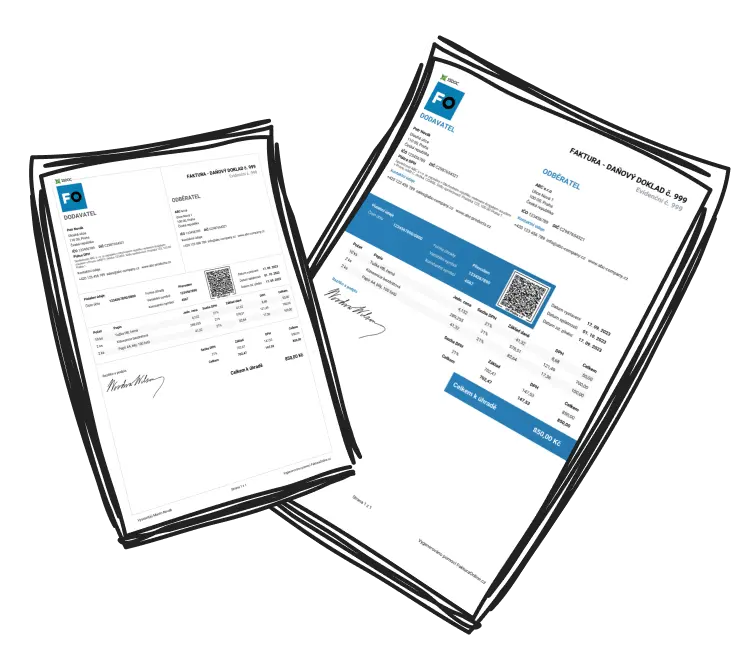Learn everything about invoicing rules, including essential requirements, VAT considerations, and online invoicing options. This article provides an overview and practical insights on how to correctly issue invoices according to current regulations.
What is the principle of reverse charge?
In the standard VAT system, the supplier is responsible for paying the tax. In the reverse charge system, however, the buyer is responsible for paying the tax.
This means the supplier issues an invoice without VAT, and the buyer self-assesses and remits the tax on their tax return.
This mechanism is often used for B2B transactions and for cross-border sales, especially in the EU. In the USA, it is used in certain cases, particularly with interstate transactions or when goods are purchased for resale.
When is reverse charge applied?
There are permanent and temporary applications:
-
Permanent reverse charge – areas defined by law, such as:
gold transactions, construction and assembly services, real estate, and certain goods listed under Section 5 of the VAT Act (in the USA, this may apply to certain types of sales taxes on goods sold to businesses).
-
Temporary reverse charge – specified by government legislation, such as:
mobile phones, gaming consoles, integrated circuits, emission allowances (this may apply to certain high-value goods in the U.S.).
Reverse charge is most commonly applied in construction, technology sales, and cross-border transactions in the EU.
How to correctly invoice under reverse charge?
When issuing an invoice, you must comply with relevant tax laws. The invoice does not include VAT or the tax amount. It must include a clear statement that "The customer is responsible for the tax".
In the USA, this is often noted as "Self-assessment tax" or "Use tax applies" for sales within specific states or for particular goods.

Practical example:
Company ABC Corp. (a VAT registered business in the USA) performs construction work for XYZ Ltd..
The invoice is issued without tax.
The invoice will note: “The customer is responsible for the tax”.
The buyer, XYZ Ltd., will report and remit the tax in their tax return.
Responsibilities of the supplier and the buyer
-
Supplier:
issues the invoice without VAT,
includes the transaction in their tax reporting system (e.g., sales tax return in the U.S.).
-
Buyer:
self-assesses the tax on the transaction,
may claim a credit or deduction if eligible (for business purchases or resold goods).

Failure to properly issue an invoice or not including the transaction in the reporting system can result in penalties from the tax authorities.
Summary
Reverse charge is an effective tool to combat tax fraud. However, it is crucial to invoice correctly, maintain proper records, and file reports. Businesses should regularly stay updated with legislative changes, as the list of transactions subject to reverse charge may change.
Information to remember:
The supplier issues an invoice without tax.
The buyer is responsible for self-assessing the tax.
The invoice must state: “The customer is responsible for the tax.”
This system is primarily used in construction, technology, and interstate sales in the U.S.


Explore comprehensive invoicing guidelines, including essential components, VAT considerations, and online invoicing options, in our detailed article.

